Reaching international markets
According to the Vietnam Sericulture Association, our country currently has nearly 40,000 households growing mulberry and raising silkworms. The mulberry growing area by 2024 will be about 13,900 hectares, the cocoon output will reach more than 16,800 tons/year, the silk output will reach about 2,000 tons/year. The mulberry growing and raising silkworms industry is currently developing mainly in the Central Highlands provinces such as Lam Dong, Gia Lai, Dak Nong (accounting for nearly 75% of the total area).
Vietnam's silk industry has opened up new trends in industrial development such as comprehensive use of silkworm breeding resources; high-tech silkworm breeding; smart, green and sustainable silk production.
Vietnam has proactively produced high-yield, high-quality mulberry varieties, and concentrated silkworm rearing techniques have been applied nationwide. The country currently has 25 automatic silk reeling factories and 10 textile factories. High-quality silk output is about 1,000 tons/year, producing about 5 million meters of silk fabric each year.
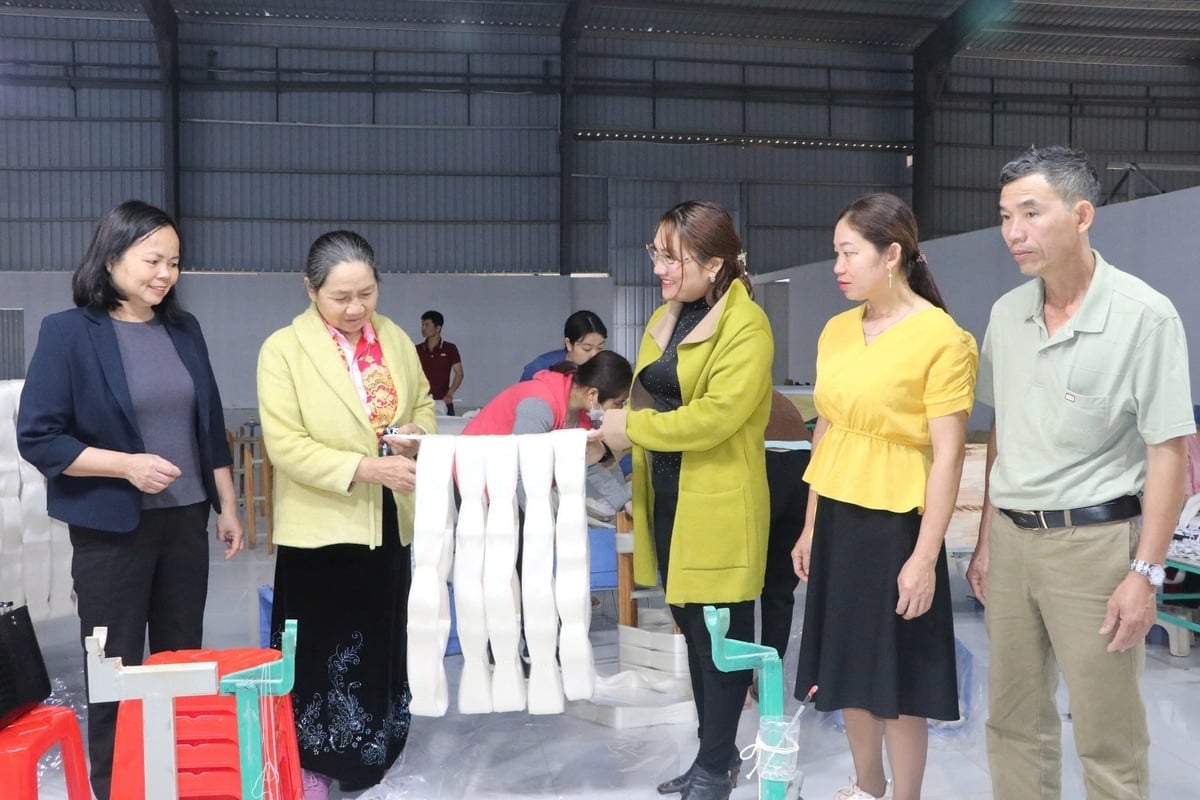
Our country's silk output reaches about 2,000 tons/year. Photo: Thanh Tien.
Currently, Vietnamese silk products are characterized by softness, lightness, and strong woven silk threads. Silk products such as scarves, shirts, fabrics, curtains, etc. are consumed the most by major markets such as India, Bangladesh, Afghanistan, Pakistan, China, France, Italy, Thailand, etc., and have even been exported to demanding markets such as Japan and Korea.
Dr. Le Quang Tu, Chairman of the Vietnam Sericulture Association, assessed that in recent years China has reduced silk production by nearly 50%. This is an opportunity for Vietnam and other countries to develop the silk industry.
Vietnam has the advantage of having a highly experienced workforce in silkworm breeding and mulberry growing. Mulberry growing and silkworm breeding are traditional occupations, so people have good experience and techniques. Our country also has new hybrid mulberry varieties with high productivity; improved technology for concentrated silkworm breeding; silk reeling technology has changed from mechanical reeling to automatic reeling, increasing productivity.
In recent years, the demand for silk and sericulture products in the world and in the country has been increasing. The price of silk in the market is high and relatively stable. Vietnamese silk enjoys preferential tariffs and is tax-free when exported to India.
Not proactive in quality silkworm breeding sources
According to Dr. Le Quang Tu, despite many outstanding successes, the Vietnamese silk industry still has certain limitations. Domestic white cocoon bi-system varieties are not yet highly stable, and the silk quality and natural silk production rate are still low. Multi-system varieties produce low quality silk, not meeting the needs of the silk production industry.
Meanwhile, the demand for raising two-generation silkworms is very large. Most of the two-generation white silkworm varieties (which produce good quality silk and high productivity) are being imported illegally from China (mainly the LQ2 variety), without quality control or disease control, leading to high risks for producers.
The official import of silkworm breeds from China to Vietnam to ensure the quality of breeding eggs is still in the negotiation and trade promotion stage and has not been approved.
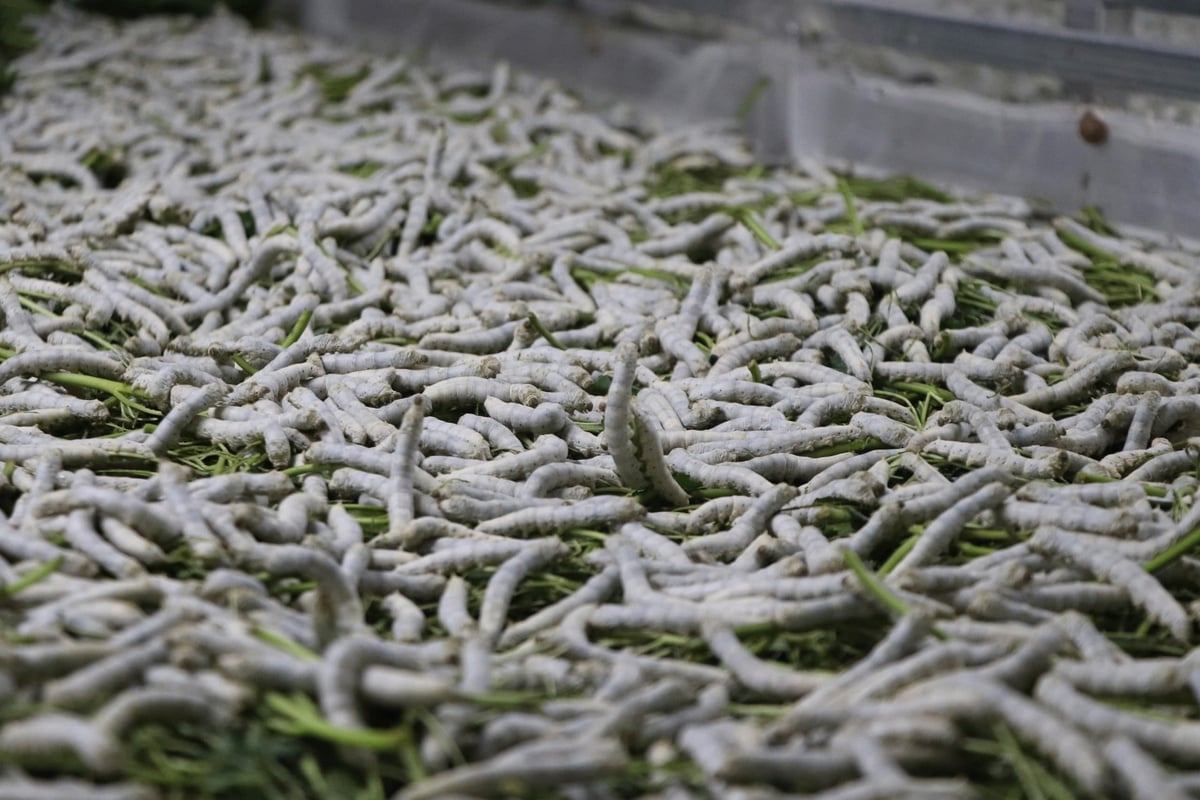
Silkworm breeding resources are still a limitation of Vietnam's sericulture industry. Photo: Thanh Tien.
The organization of production and consumption of mulberry and silk products is mainly spontaneous, and tight production links have not yet been formed with processing and consumption of products. Processing enterprises are mainly interested in silk and cocoon products, and pay little attention to linking the supply of seeds and input materials with product purchasing, so the situation of cocoon prices fluctuating erratically still occurs.
In general, mulberry production is still basically manual in many stages, especially the cultivation and harvesting of mulberry, silkworm rearing depends a lot on the weather. Mechanization in production is still limited.
Developing 4 key mulberry growing areas
According to Dr. Le Quang Tu, in order for the Vietnamese silk industry to dominate the market and affirm its sustainable position, Vietnam needs to implement a plan for the development of mulberry cultivation and silkworm breeding, focusing on mulberry growing areas with comparative advantages, such as riverside alluvial lands and midland and mountainous areas.
Focus on developing 4 key mulberry production areas: the Central Highlands, the Northern Midlands and Mountains, the Red River Delta, the North Central Coast and the South Central Coast. In localities, it is necessary to plan concentrated mulberry growing areas to exploit comparative advantages and avoid the impact of pesticides.
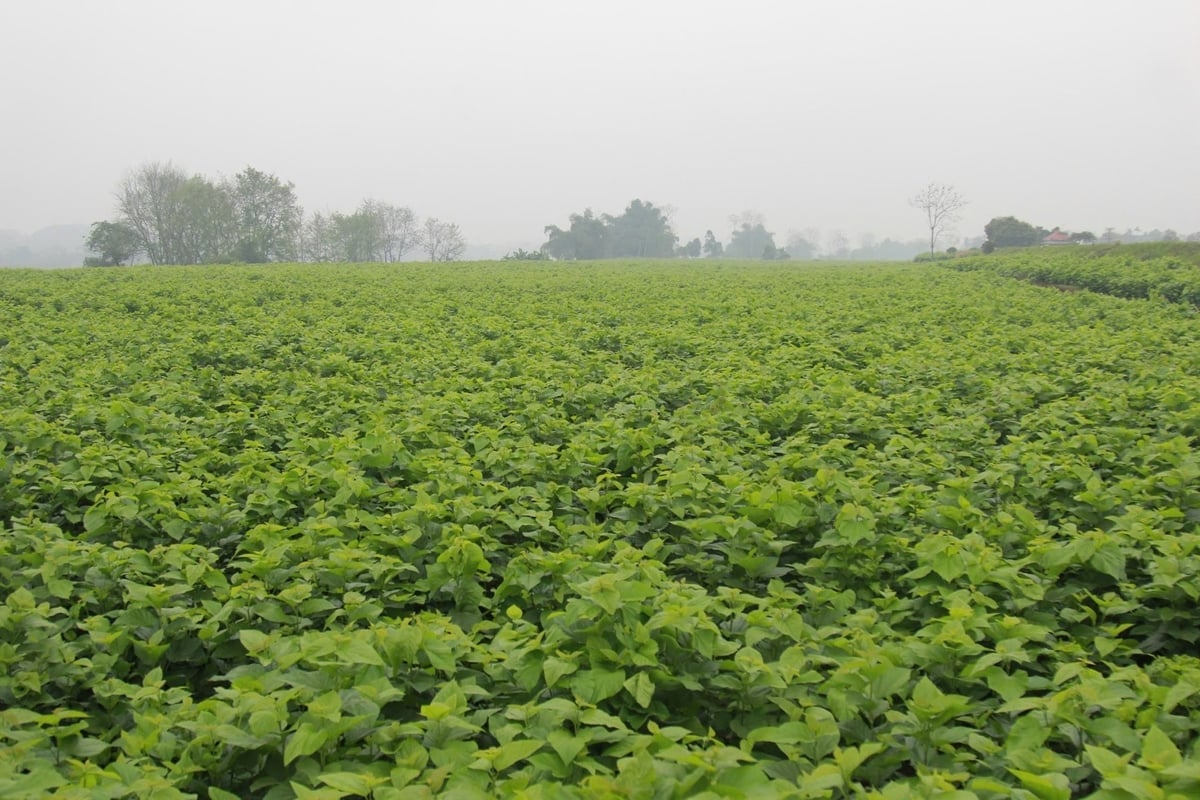
Planning mulberry growing areas for silkworm rearing is a key factor to help our country's silk industry dominate the market in the coming time. Photo: Thanh Tien.
Regarding science and technology, it is necessary to focus on investment in research to create new generations of high-yielding mulberry and silkworm varieties to meet domestic supply. Encourage the combination of research on domestic silkworm seed production with official import of silkworm seeds.
Support original breeds, invest in building new breeding facilities, especially level 2 breeding systems to produce breeds for production. Strengthen agricultural extension, training, coaching, and transfer of technical advances to mulberry growers and silkworm breeders.
In addition, encourage large-scale production organization linked to raw material areas. Gradually innovate the structure of production organization, encourage enterprises to operate linked to raw material areas, take responsibility for supplying seeds and raw materials for production, and purchase products in the area.
The State needs to invest in infrastructure to increase production scale and modernize the silk reeling and weaving industry. Invest in training human resources in the fields of cultivation, animal husbandry, veterinary medicine, silk reeling and silk weaving to meet immediate and long-term requirements.
Furthermore, the authorities need to speed up negotiations to be able to officially import Chinese white cocoon silkworms into Vietnam to meet production needs.
Silkworm research and production units need to strengthen coordination with Chinese, Korean and Japanese partners to transfer technical advances in breeds and genetic materials for crossbreeding, training, and improving productivity and silk and cocoon ratios of domestic silkworm breeds.
"It is necessary to connect mulberry production with traditional silk weaving villages to form a mulberry - silkworm - silk chain to exploit the strengths of traditional occupations, historical and cultural values, ensure a stable consumption market, and improve efficiency for mulberry growers and silkworm breeders and other actors participating in the chain," Dr. Le Quang Tu emphasized.
Source: https://nongnghiep.vn/tuong-lai-sang-dau-tam-to-mien-nui-phia-bac-bai-5-nghien-cuu-giong-tam-moi-d743847.html


![Bright future of mulberry silk in the Northern mountainous region: [Part 4] Factories 'hungry for cocoons'](https://vstatic.vietnam.vn/vietnam/resource/IMAGE/2025/3/31/24e0a4be97164e7384f9d61b3889d3bf) Bright future of mulberry silk in the Northern mountainous region: [Part 4] Factories 'hungry for cocoons'
Bright future of mulberry silk in the Northern mountainous region: [Part 4] Factories 'hungry for cocoons'![Bright future of mulberry and silk in the Northern mountainous region [Part 3]: Reviving after natural disasters](https://vstatic.vietnam.vn/vietnam/resource/IMAGE/2025/3/28/feea93d39166486e9cd75a26df87b3fe) Bright future of mulberry and silk in the Northern mountainous region [Part 3]: Reviving after natural disasters
Bright future of mulberry and silk in the Northern mountainous region [Part 3]: Reviving after natural disasters![Bright future of mulberry and silk in the Northern mountainous region [Part 2]: Potential to become a large production area](https://vstatic.vietnam.vn/vietnam/resource/IMAGE/2025/3/26/b78fe6018503415aaf8ad34be8aa60e1) Bright future of mulberry and silk in the Northern mountainous region [Part 2]: Potential to become a large production area
Bright future of mulberry and silk in the Northern mountainous region [Part 2]: Potential to become a large production area![Bright future of mulberry in the Northern mountainous region [Part 1]: Green and flourishing on rocky hills](https://vstatic.vietnam.vn/vietnam/resource/IMAGE/2025/3/26/4e49ff2c04a6464eab8dd4ad2cf325c1) Bright future of mulberry in the Northern mountainous region [Part 1]: Green and flourishing on rocky hills
Bright future of mulberry in the Northern mountainous region [Part 1]: Green and flourishing on rocky hills![[Photo] Prime Minister Pham Minh Chinh attends the opening of the 47th ASEAN Summit](https://vphoto.vietnam.vn/thumb/1200x675/vietnam/resource/IMAGE/2025/10/26/1761452925332_c2a-jpg.webp)

![[Photo] Prime Minister Pham Minh Chinh and United Nations Secretary-General Antonio Guterres attend the Press Conference of the Hanoi Convention Signing Ceremony](https://vphoto.vietnam.vn/thumb/1200x675/vietnam/resource/IMAGE/2025/10/25/1761391413866_conguoctt-jpg.webp)


![[Photo] National Assembly Chairman Tran Thanh Man receives United Nations Secretary-General Antonio Guterres](https://vphoto.vietnam.vn/thumb/1200x675/vietnam/resource/IMAGE/2025/10/25/1761390815792_ctqh-jpg.webp)
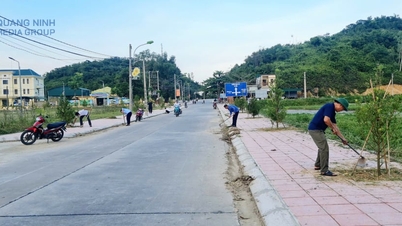

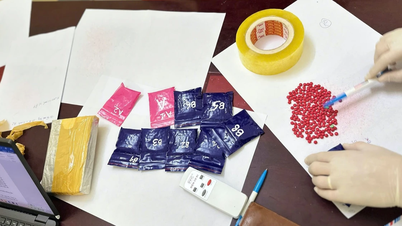
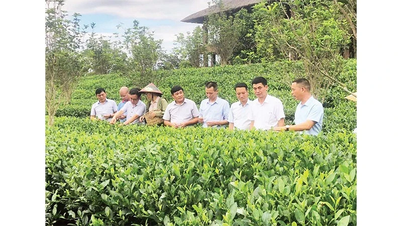
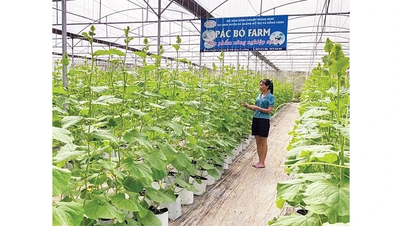
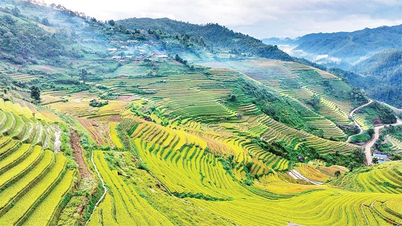
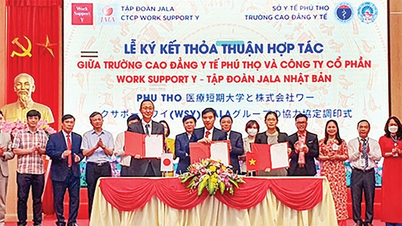






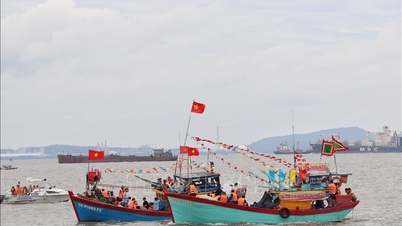


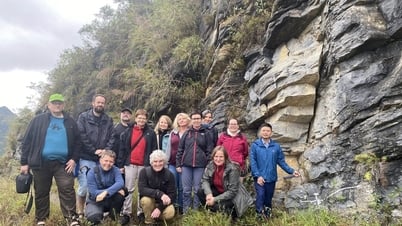
![[Photo] Prime Minister Pham Minh Chinh receives United Nations Secretary-General Antonio Guterres](https://vphoto.vietnam.vn/thumb/1200x675/vietnam/resource/IMAGE/2025/10/25/1761390212729_dsc-1484-jpg.webp)











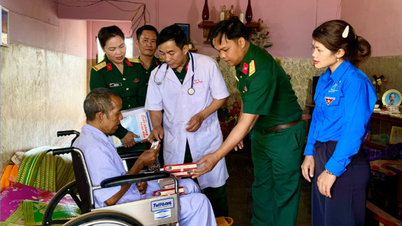


























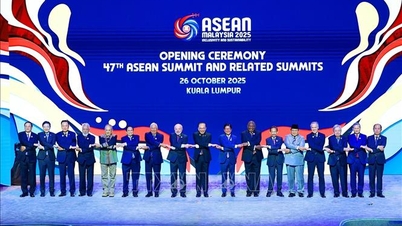

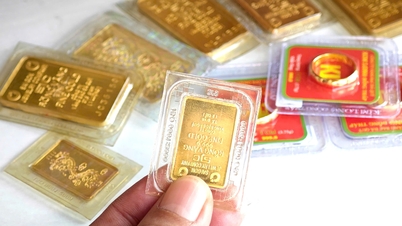


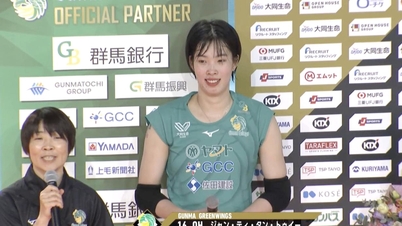

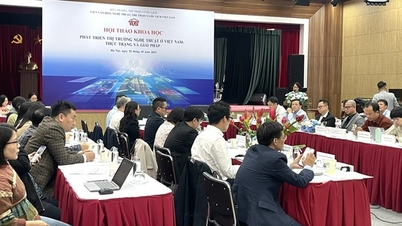






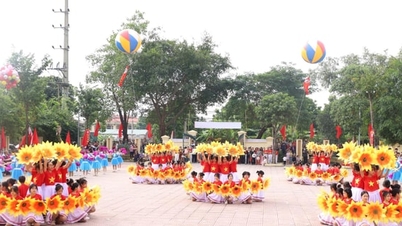



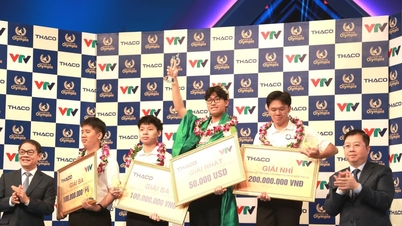

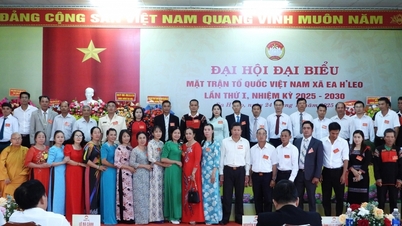

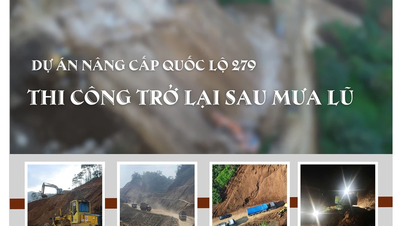

















Comment (0)